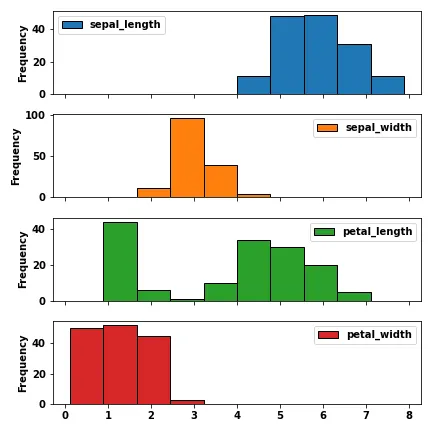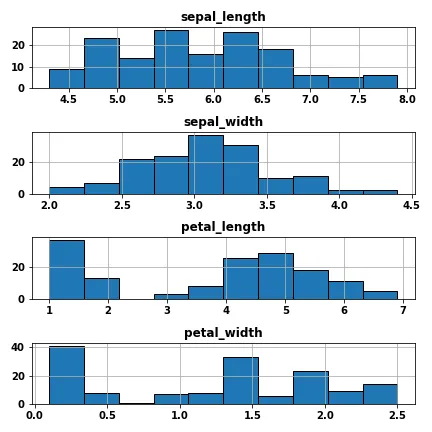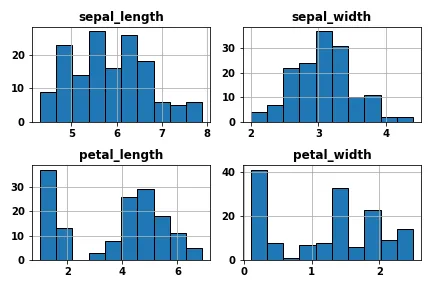我正在使用pandas从数据框生成图表,我想将其保存到文件中:
dtf = pd.DataFrame.from_records(d,columns=h)
fig = plt.figure()
ax = dtf2.plot()
ax = fig.add_subplot(ax)
fig.savefig('~/Documents/output.png')
似乎最后一行使用了matplotlib的savefig,应该可以解决问题。但是这段代码产生了以下错误:
Traceback (most recent call last):
File "./testgraph.py", line 76, in <module>
ax = fig.add_subplot(ax)
File "/opt/local/Library/Frameworks/Python.framework/Versions/2.7/lib/python2.7/site-packages/matplotlib/figure.py", line 890, in add_subplot
assert(a.get_figure() is self)
AssertionError
另外,试图直接在绘图上调用savefig也会出错。
dtf2.plot().savefig('~/Documents/output.png')
File "./testgraph.py", line 79, in <module>
dtf2.plot().savefig('~/Documents/output.png')
AttributeError: 'AxesSubplot' object has no attribute 'savefig'
我觉得我需要以某种方式将plot()返回的子情节添加到图形中,以便使用savefig。我也想知道这是否与AxesSubPlot类背后的magic有关。
编辑:
以下方法可以运行(没有错误),但是给我留下了一个空白页面图像...
fig = plt.figure()
dtf2.plot()
fig.savefig('output.png')
编辑2: 下面的代码也可以正常工作。
dtf2.plot().get_figure().savefig('output.png')


